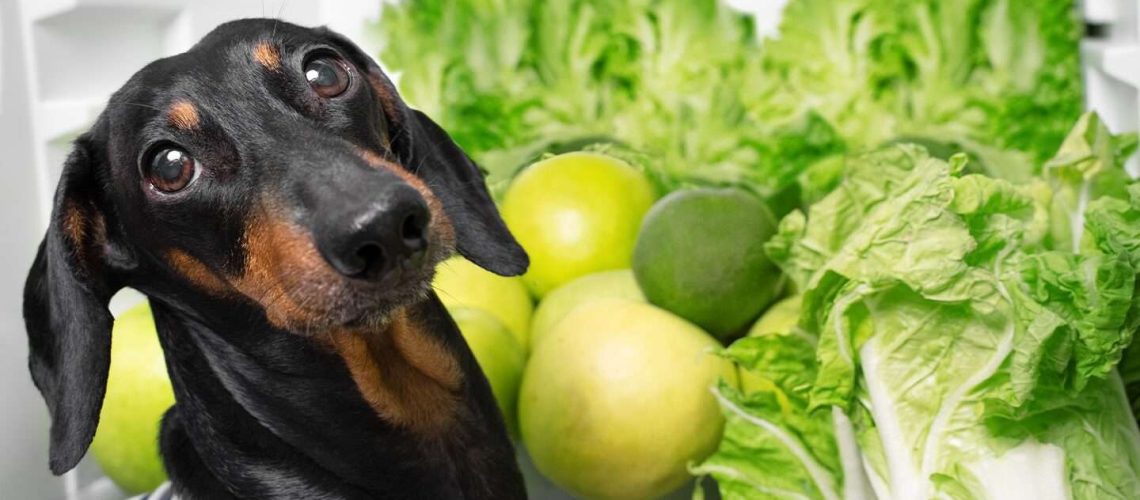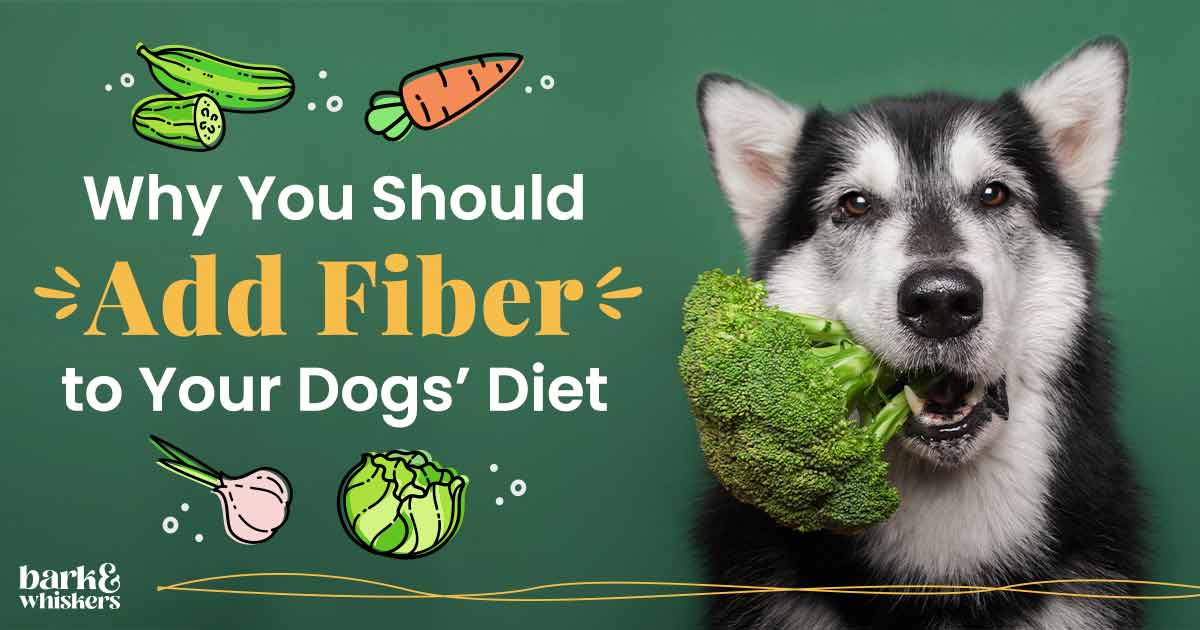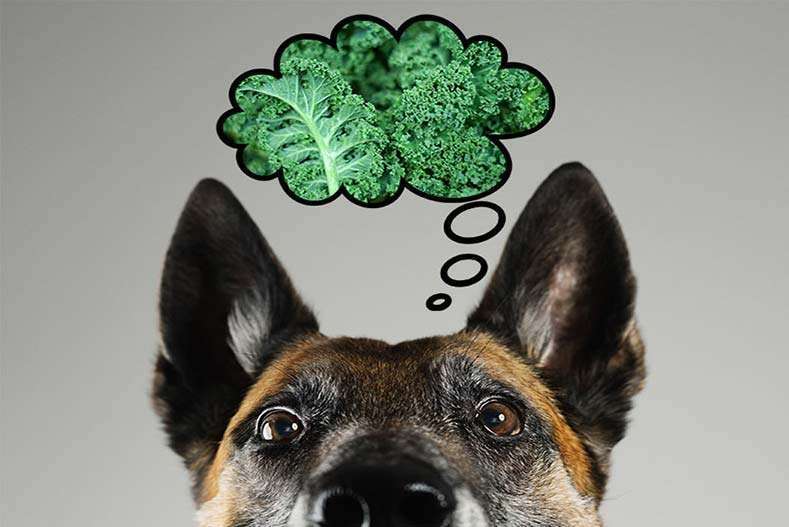Key Takeaways:
- Dogs can eat lettuce in moderation as it is low in calories and high in fiber.
- Lettuce can be a healthy addition to a dog's diet, providing vitamins A and K.
- Some dogs may have difficulty digesting lettuce, leading to digestive issues such as gas or diarrhea.
- It is important to wash lettuce thoroughly before feeding it to your dog to remove any pesticides or bacteria.
- Always introduce new foods gradually and monitor your dog for any adverse reactions when feeding them lettuce for the first time.
Are you a dog lover who wants to ensure your furry friend stays healthy and happy? If so, understanding what foods are safe for dogs is crucial. One food that often sparks curiosity is lettuce. Can dogs eat lettuce? This seemingly simple question holds the key to unlocking a world of benefits for your canine companion. In this article, we will explore the potential advantages of including lettuce in your dog's diet, debunk any myths surrounding its consumption, and provide you with all the information you need to make an informed decision. So, let's dive into the leafy green world of lettuce and discover how it can positively impact your dog's well-being!
What is Lettuce and Why is it in Salads?
Lettuce is a leafy green vegetable that is often used in salads. It has a crisp texture and a mild, slightly bitter taste. Lettuce comes in different varieties such as iceberg, romaine, and butterhead. Each variety has its own unique flavor and texture.
Lettuce is commonly found in salads because it adds freshness and crunch to the dish. It also provides a good source of vitamins and minerals, such as vitamin K, vitamin A, and folate. These nutrients are important for maintaining good health.
Types of Lettuce:
- Iceberg lettuce: This type of lettuce has a crunchy texture and a mild flavor. It is often used in sandwiches and burgers.
- Romaine lettuce: Romaine lettuce has long, crisp leaves with a slightly bitter taste. It is commonly used in Caesar salads.
- Butterhead lettuce: Butterhead lettuce has soft leaves with a buttery texture. It is often used in gourmet salads.
Benefits of Lettuce:
- Vitamin K: Lettuce is rich in vitamin K, which plays an important role in blood clotting and bone health.
- Vitamin A: Lettuce contains beta-carotene, which the body converts into vitamin A. Vitamin A helps maintain healthy skin and vision.
- Folate: Folate is essential for cell growth and development. Lettuce provides a good source of this important nutrient.
Is Lettuce Safe for Dogs to Eat?
Yes, lettuce can be safe for dogs to eat. However, it is important to feed lettuce to your dog in moderation and prepare it properly.
Lettuce is low in calories and can be a healthy addition to your dog's diet. It is also a good source of fiber, which can help with digestion. Some dogs enjoy the crunchiness of lettuce and may find it enjoyable to chew on.
Preparing Lettuce for Dogs:
Before feeding lettuce to your dog, make sure to wash it thoroughly to remove any dirt or pesticides. Cut the lettuce into small, bite-sized pieces that are easy for your dog to chew and swallow.
Feeding Lettuce as a Treat:
You can offer lettuce to your dog as a treat or mix it into their regular meals. Just remember not to add any dressings or seasonings that may be harmful to dogs, such as onions or garlic.
Can Dogs Get Health Benefits from Eating Lettuce?
Dogs can receive some health benefits from eating lettuce. The high fiber content in lettuce can help regulate digestion and prevent constipation in dogs. Additionally, the vitamins and minerals found in lettuce, such as vitamin A and vitamin K, contribute to overall health and well-being.
Lettuce can also serve as a healthy alternative snack for dogs instead of processed treats that may contain unhealthy ingredients or excessive calories. It provides a refreshing crunch while being low in calories, making it suitable for dogs who need to maintain a healthy weight.
Health Benefits of Lettuce for Dogs:
- Fiber: The fiber in lettuce aids digestion and helps keep the digestive system functioning properly.
- Vitamins: Lettuce contains vitamins A and K, which are essential for maintaining healthy skin, eyes, and bones in dogs.
- Hydration: Lettuce has a high water content, which can contribute to your dog's hydration levels.
How Should You Prepare Lettuce for Your Dog?
When preparing lettuce for your dog, it is important to wash it thoroughly to remove any dirt or pesticides. Cut the lettuce into small, bite-sized pieces that are easy for your dog to chew and swallow. It is best to serve lettuce raw as cooking may reduce its nutritional value.
It is also crucial to avoid adding any dressings or seasonings that may be harmful to dogs. Plain, unseasoned lettuce is the safest option for your furry friend.
Steps to Prepare Lettuce for Dogs:
- Wash the lettuce under running water to remove any dirt or pesticides.
- Dry the lettuce using a salad spinner or pat it dry with a clean towel.
- Cut the lettuce into small, bite-sized pieces.
- Place the prepared lettuce in your dog's bowl or mix it into their regular meal.
Can Eating Too Much Lettuce Cause Problems for Dogs?
Eating too much lettuce can potentially cause some problems for dogs. While lettuce itself is not toxic to dogs, consuming large quantities of it can lead to digestive upset such as diarrhea or gas. Some dogs may also have difficulty digesting certain types of lettuce, such as iceberg lettuce due to its high fiber content.
Moderation is key when feeding lettuce to your dog. It should only be given as an occasional treat or part of a balanced diet alongside other nutritious foods suitable for dogs.
Are There Any Types of Lettuce That Are Harmful to Dogs?
While most types of lettuce are safe for dogs to eat, there are a few exceptions that can be harmful. Avoid feeding your dog lettuce varieties that are known to be toxic to dogs, such as:
Lettuce Types Harmful to Dogs:
- Wild lettuce: Certain wild lettuce species may contain toxins that can be harmful to dogs if ingested.
- Romaine lettuce hearts: The center core of romaine lettuce (the white part) can sometimes cause digestive upset in dogs.
It is always best to stick with safe and commonly available lettuce varieties, such as iceberg or butterhead lettuce, when feeding it to your dog.
What Other Vegetables Can Dogs Safely Eat Besides Lettuce?
In addition to lettuce, there are several other vegetables that dogs can safely eat. These vegetables provide various nutrients and can be a healthy addition to your dog's diet. Some safe vegetables for dogs include:
Safe Vegetables for Dogs:
- Carrots: Carrots are crunchy and packed with vitamins A and K. They make a great low-calorie snack for dogs.
- Sweet potatoes: Sweet potatoes are rich in fiber, vitamins, and minerals. They can be cooked and served as a nutritious treat.
- Green beans: Green beans are low in calories and high in fiber. They can be served fresh or lightly steamed.
When introducing new vegetables into your dog's diet, it's important to start with small amounts and monitor their reaction. If any digestive issues or allergic reactions occur, consult with your veterinarian.
In conclusion, dogs can eat lettuce in moderation. It is a safe and healthy treat for them, but it should not replace their regular diet. Always consult with a veterinarian before introducing any new food to your dog's diet.
Why can't dogs eat lettuce?
Even though lettuce is a safe vegetable for dogs to consume, it primarily consists of water and fiber, lacking the essential fats and proteins that dogs require. Consuming excessive amounts of lettuce can lead to diarrhea or stomach discomfort. It is important to properly wash lettuce before feeding it to your dog or yourself.
How much lettuce can I give my dog?
Lettuce should only be given to dogs occasionally as a treat. It is best to serve it raw, chopped, and mixed with other food every few days. Giving too much lettuce or feeding it too frequently can actually be risky for dogs, as explained below.
Why can't dogs eat iceberg lettuce?
When it comes to feeding your dog lettuce, it's important to offer it in moderation just like any other foreign food source. Excessive consumption of lettuce can lead to digestive problems, including diarrhea, and dogs may have difficulty digesting it due to its high fiber content. To make it easier for your dog to digest, always remember to cut the lettuce into smaller pieces before giving it to them.
Why do dogs love lettuce?
Lettuce is a source of vitamin A, vitamin K, and water for dogs. However, some dogs may not enjoy the texture or taste of lettuce. It's important to avoid lettuce that has dressings or seasonings, as they can be harmful to dogs. Additionally, excessive consumption of lettuce can lead to diarrhea because of its high fiber content.
Can dogs have cucumbers?
Dogs can safely consume cucumbers, which provide a crunchy and low-calorie snack that many dogs enjoy. A half cup of cucumber slices contains only about 8 calories, while a medium dog biscuit contains around 40 calories. Additionally, cucumbers have very low sodium content and are free of fat.
Does lettuce help dogs stomach?
Lettuce is a nutritious option for dogs as it contains vitamins A, K, and C. It is low in calories and high in fiber, which supports healthy digestion in dogs.

















